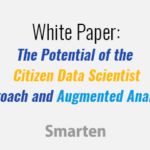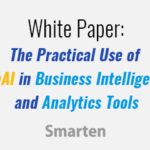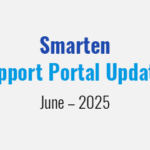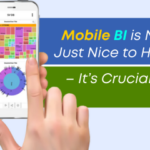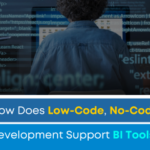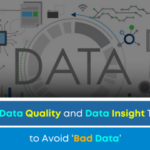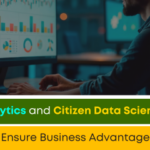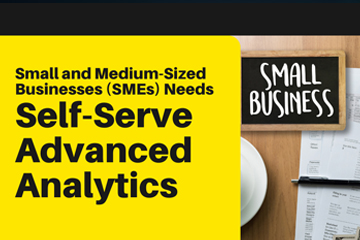
If your small or medium sized (SME) business is looking for ways to improve forecasting, problem solving and market opportunities, it must have an agile, swift analytical process that will allow business users to leverage their role, their knowledge of their business function and their collaborative initiatives to gather, analyze and share information and improve business results.
A recent Gartner report states that, natural language processing and conversational analytics will boost analytics and business intelligence adoption from 35% of employees to over 50%, including new classes of users, particularly front-office workers. When one considers the impact of this cultural and workflow transition, it is easy to see how small and medium sized businesses might feel overwhelmed by the pressure to keep up!
If an SME wants to remain competitive in its market of choice; if it wishes to attract and retain the best resources; if it wishes to inspire data literacy and make the most of its business users by transforming them into Citizen Data Scientists, its senior executives, CIOs, IT staff and analytical teams must plan for the implementation (or upgrade) of augmented analytical tools that are suitable for every business user.
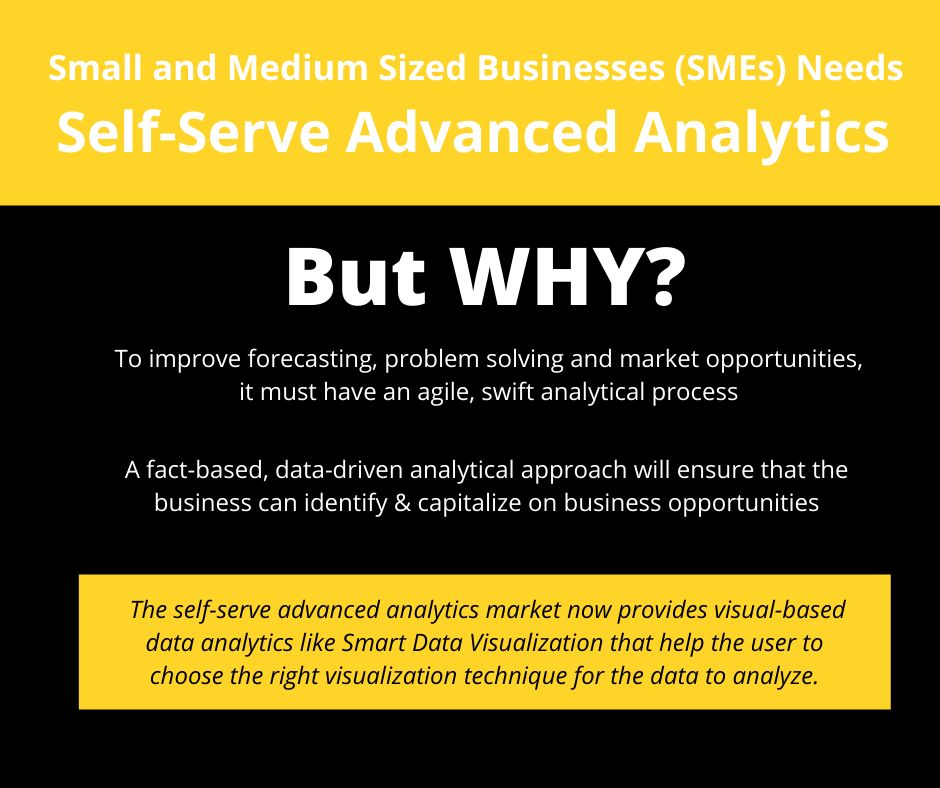
A fact-based, data-driven analytical approach will ensure that the business can identify and capitalize on business opportunities, plan for new products, optimize processes and resources and target customers, investments and locations that will help the business to achieve results.
Fortunately, the self-serve advanced analytics market now provides visual-based data analytics like Smart Data Visualization that help the user to choose the right visualization technique for the data they wish to analyze. Other features like assisted predictive modeling enable a business user to leverage guidance to choose sophisticated algorithms and techniques and use these techniques and intuitive tools to perform analytics.
Machine learning, natural language processing (NLP) and simple search analytics allow users to ask questions, test theories and get information in a simple, natural language environment so the users are not required to understanding programming or analytical techniques to achieve results. Self-serve data preparation is simple enough for every user and allows team members to select data from an integrated data environment and prepare that data for analysis, all without the help of the IT team. This type of environment will free the IT and data science team members to focus on strategic, critical projects.
The self-serve, augmented analytical approach enables SMEs to visualize and explore relationships and patterns and gain insight into the root cause of problems, and the interrelationships of processes, tasks and activities. These tools will guide business users and ensure appropriate, secured data access and data governance, so an SME can make the most of data and use clean, reduced data to inspect, test, and validate theories, identify thresholds and plan for the future.
By giving business users this power and access, the SME can do more with less (in financial and human resource investment) and advance the interests of the organization, ensure user adoption and control costs.
Original Post : Small and Medium Sized Businesses (SMEs) Needs Self-Serve Advanced Analytics!



